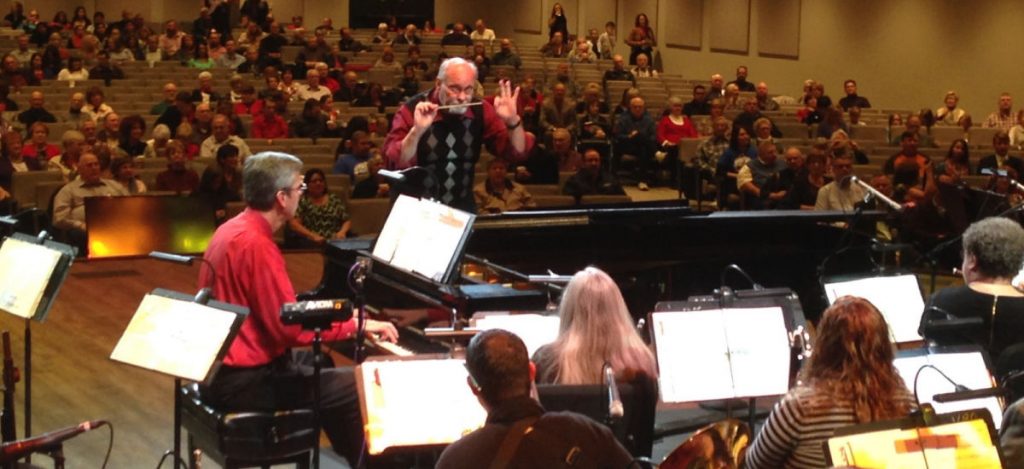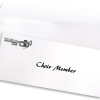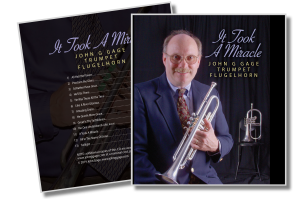Church Choir, Church Orchestra, Educational, Rehearsal
Helpful Hints for a Successful Rehearsal
The MOST IMPORTANT Aspect of an effective rehearsal is ADEQUATE PREPARATION!!!
There are 6 important types of PREPARATION:
- SCORE preparation
- PERSONAL preparation
- ROOM preparation
- FOLDER preparation
- REHEARSAL FLOW preparation
- COMMUNICATION before, during and after rehearsal
-
-
SCORE PREPARATION
- Is the score TRANSPOSED or is it in CONCERT PITCH?
- Look for:
- BEGINNING-Initial tempo
- Tempo changes….check with metronome if necessary
- Meter changes
- Road map… CODA, 2nd and 3rd ENDINGS, Etc…
- Are any individual parts unplayable by your musicians? (rhythms, ranges)..if so, FIX those parts before rehearsal, either by re-writing or editing the existing part, and have the NEW part in their folders before rehearsal begins. Click Here for Violin Editing Tips
- Trouble spots….modulations, tempo changes HOW will you need to conduct those? If you use a rhythm section, what will the drummer need to do on those transitions (if their part isn’t clear..)
- Mark CUES (I use red pencil)…if a part rests for 30 measures before their entrance, they need a cue….
- ENDING– How does the piece end? How will YOU handle the ending?
- MARK your scores with important notes…. road map hints, cues, tempo changes, etc, so those things pop out to you as you rehearse, and so you can see them coming.
- If possible, listen to a demo recording. Listen particularly for things which may NOT be notated in the published, printed score. If the written rhythm parts are rather “sketchy”, mark on those parts who should play where, what the drummer should do, and when they should NOT play. Forward a recording (mp3) to your rhythm section players if possible.
-
-
-
PERSONAL PREPARATION
- Have a meaningful quiet time on a regular basis through the week
- As part of that process, PRAY for each orchestra member by name, maybe a different section each day (strings, brass, woodwinds, rhythm/percussion/librarians and other helpers)
- Be physically and emotionally rested before a rehearsal…
-
-
-
ROOM PREPARATION
- Is the room lighting sufficient?
- Do you have enough music stands and chairs?
- The room should be set up for rehearsal BEFORE the first player arrives…even if you have to have another person set it up each week.
- Make sure that heating/ air conditioning are set at appropriate, comfortable levels.
- Is percussion equipment, rhythm section amps and accessories, keyboards all set up and plugged in?
- Are rehearsal folders accessible?
- Do you need any electronic gear…laptop, overhead projector, laser pointer…whatever? …make sure it is all plugged in and working properly.
- Is the room unlocked prior to the arrival of the first musician?
-
-
-
FOLDER PREPARATION
- There should be a piece of music in EVERY FOLDER for EVERY SELECTION…if one song in your rehearsal plan calls for strings and flute ONLY, and no other (additional) parts would make sense, then non-playing musicians should have a TACET sheet in their folders in that spot, AND that piece should be rehearsed EARLY before full rehearsal begins, or AFTER the main part of rehearsal is finished…don’t waste your player’s time…they come to PLAY, not to watch or listen to others play…
- In case all parts are not provided by a publisher, here are some simple substitutions:
- Clarinet can play trumpet parts
- Viola parts may be transposed as clarinet parts, and edited for range and breathing
- Violin can play flute parts
- Flute can play violin parts, IF you edit for places to BREATHE and places to REST
- Alto sax can read trombone parts in treble clef, add 3 sharps, and play as written Click Here for Alto/Bari Sax Transposition Tips
- French horn parts can be played by alto sax, but must be transposed up a step from the horn part and add 2 sharps to the key signature
- Bari sax can play tuba parts in treble clef, add three sharps and play as written, BUT cannot play lower than 1 ledger line below the staff, so notes that go below that range need to be transposed up an octave
- Put music in rehearsal order in every folder PRIOR to rehearsal. This means that rehearsal folders can ONLY be taken home between Wed. rehearsal and Sundays’ service…after the service the folders are ALL placed in the appropriate folder rack, so they can be revised before the next Wed. rehearsal.
- Mark CUTS, MEASURE DELETIONS, OTHER CHANGES in RED in EVERY part in EVERY folder each week, BEFORE rehearsal. While this takes extra time for a librarian, it saves HOURS of valuable rehearsal time.
- See the section on MUSIC LIBRARY HINTS
-
-
REHEARSAL FLOW PREPARATION
- Start with a warm up chorale and tuning. Make players LISTEN to each other, and across the room to other sections… for BALANCE, BLEND and INTONATION.
- Start with a selection that is at least modestly familiar, and mid-tempo to up-tempo
- If there are songs you have been working on for several weeks, rehearse them in creative ways:
- Work JUST a troublesome modulation or meter change
- Rehearse from the back of a tune to the front
- KNOW what you want to accomplish on each tune, and rehearse toward THAT goal…a difficult string line, woodwind balance, brass tonguing, string intonation…decide WHAT needs to be fixed, and aim to fix THAT in your rehearsal…don’t waste time playing through things they already know well and have played several times before, unless the ROADMAP has changed..
- Rehearse a NEW tune
- Finish by playing the thing you will have to perform NEXT….maybe this coming Sunday’s service opener, or perhaps the entire service, or maybe just the choir number, but leave them feeling confident about their NEXT performance
- Include a time for business (calendar, service changes for this week, reminders) and prayer (See the section on EFFECTIVE COMMUNICATION)
-
COMMUNICATION
- Effective communication with your ensemble will help insure that your people know all necessary information, calendar issues, changes, AND will give you an opportunity to encourage and thank them. NEVER assume that your players know what is going on… I named my weekly orchestra newsletter THE SCORE, because I always want our players to “know the Score”! I use what I call the METRIC system of communication:
- Motivate ( a pertinent quote, scripture verse, personal word)
- Encourage (tell them when they did something especially well, brag on them)
- Thank (recognize special effort, recognize birthdays, thank them for serving)
- Remind (calendar, upcoming events, library info, time changes)
- Inform (new information, personnel changes, schedule changes, etc)
- Challenge (devotional thought, prayer requests, attendance challenge)
- Utilize creative layout (See SAMPLE NEWSLETTERS)
- Go over the information in your newsletter during rehearsal…not ALL of it, but pertinent information and changes from the routine that need to be clarified.
- Effective communication with your ensemble will help insure that your people know all necessary information, calendar issues, changes, AND will give you an opportunity to encourage and thank them. NEVER assume that your players know what is going on… I named my weekly orchestra newsletter THE SCORE, because I always want our players to “know the Score”! I use what I call the METRIC system of communication:
NOTE: You will find that effective rehearsal planning will save countless hours in rehearsal, will FOCUS your rehearsal on the IMPORTANT things which need to be fixed, and will help you avoid feeling overwhelmed and frustrated with the experience. It will ALSO help your players feel appreciated, and will help them to know that you value THEIR time as well, and want to see it used wisely.
To Download a pdf copy of this article, CLICK HERE.
Updated: 12-08-2014









